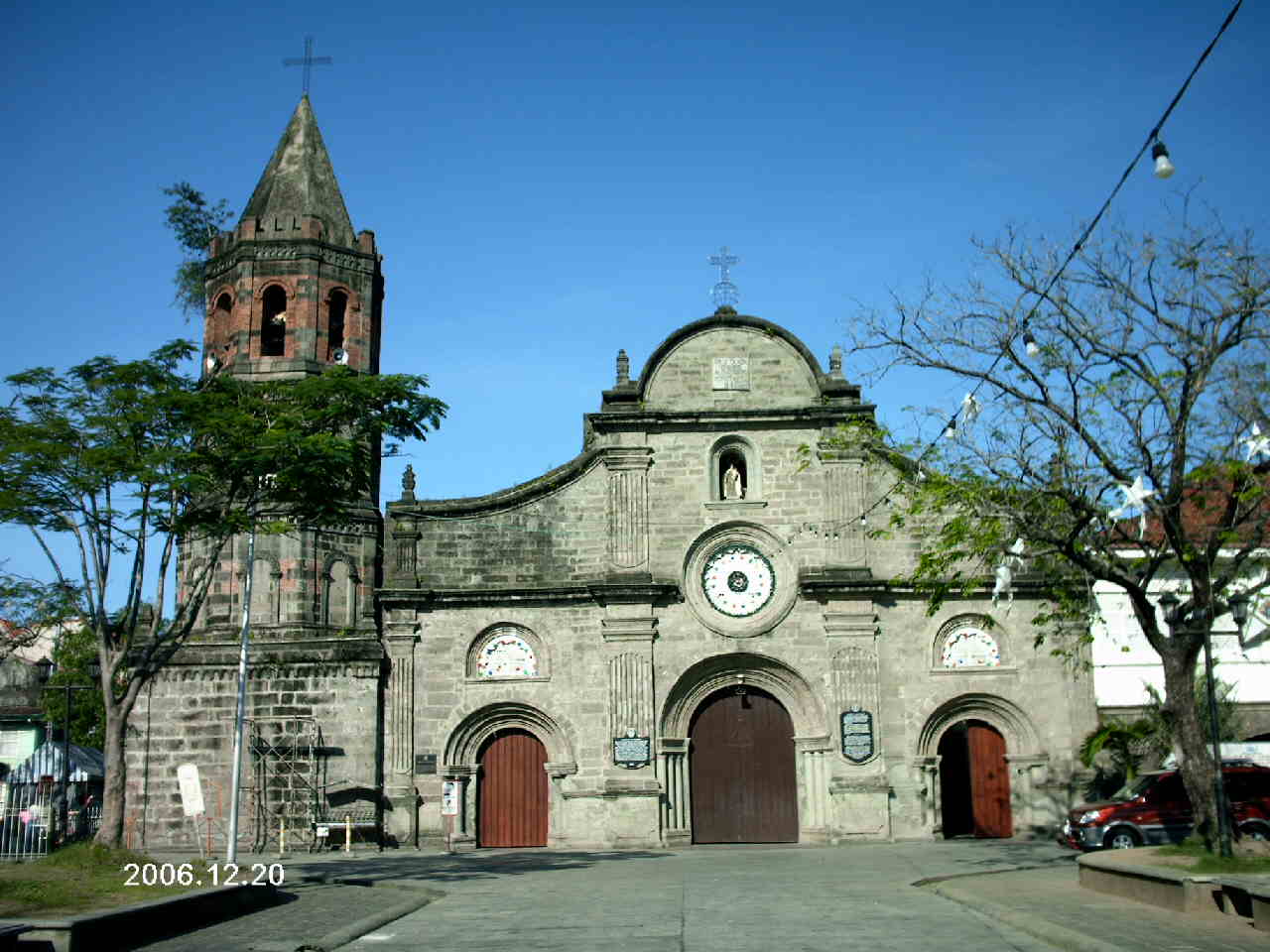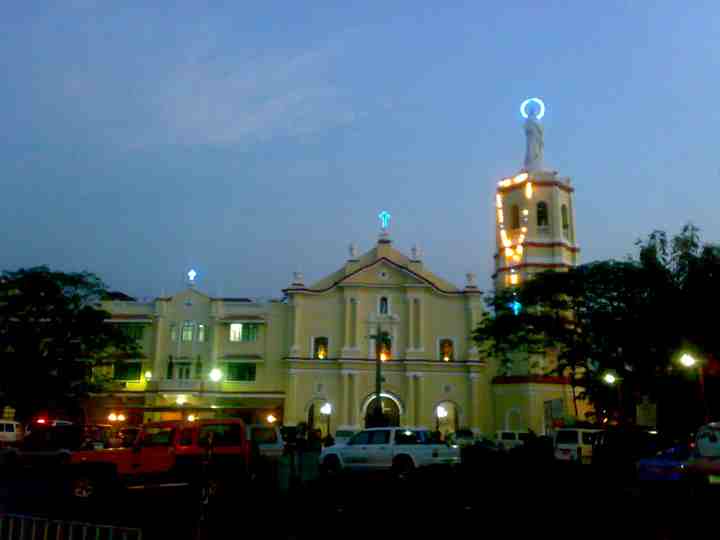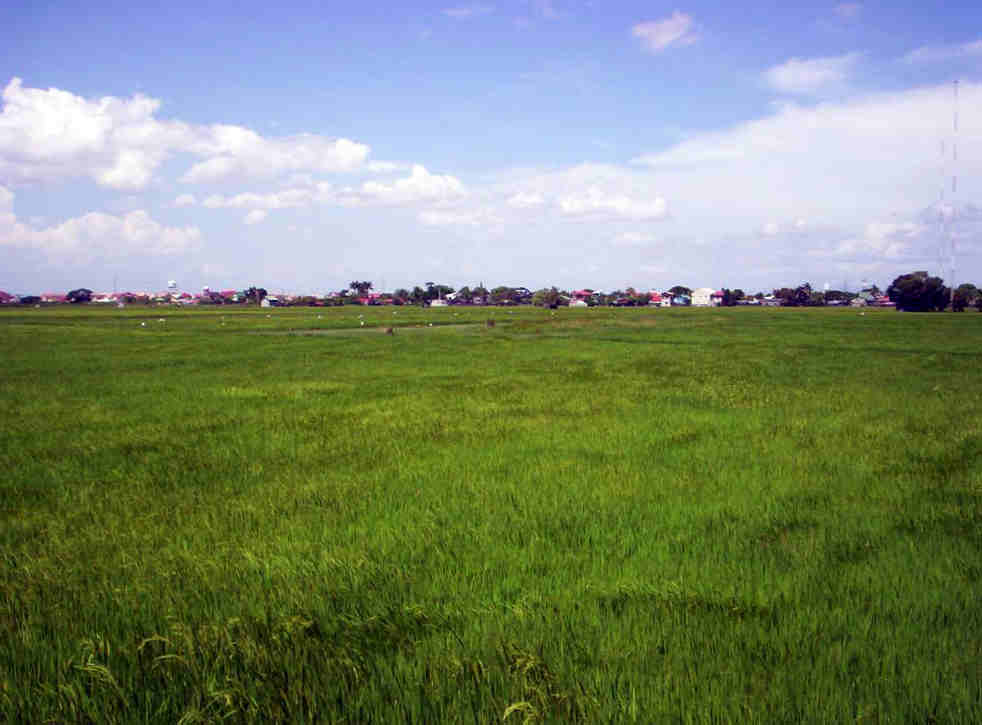Located 45 kilometers north of Manila, Malolos stood witness to one of the most historic events in the Philippines. In 1898, it was the site of the gathering known as the Malolos Convention – the result of which was the creation of the First Philippine Republic.
Not only is Malolos bathed in history, it’s also one of the centers of education in Central Luzon. It’s home to several known educational institutions such as Bulacan State University, Centro Escolar University, University of Regina Carmeli and Marcelo H. del Pilar National High School (founded in 1905).
All that said, what can one expect when they step foot in this historic city?
HISTORICAL SITES & LANDMARKS
- Barasoain Church – built in 1885 and is the site of the First Philippine Congress that took place on September 15, 1898. This was also where the Inauguration of the First Philippine Republic took place in January 23, 1899. Former presidents Emilio Aguinaldo and Joseph Estrada took their oaths here as well.

- Casa Real de Malolos – constructed in 1580 and served as the office of the Gobernadorcillo of Malolos until 1673. It has served different purposes during the American and Japanese occupations. Now, it’s a museum that is maintained by the National Historical Institute and contains artifacts and memorabilia of the 21 Women of Malolos, a group of women who banded together to learn the Spanish language despite protests from the Spanish friars.
- Malolos Cathedral – built in 1580 and serves as the seat of the Roman Catholic Diocese of Malolos. It served as the Executive Palace during the presidency of Emilio Aguinaldo.

- Jose Cojuangco Mansion – located near the Barasoain Church. This is the old home of politician Jose Chichioco-Cojuangco, Sr – father of former Philippine president Corazon Aquino and grandfather of current Philippine president Noynoy Aquino.
- Bautista-Uytangcoy Mansion – built in the 1850s and redecorated in 1877 in the French Art Nouveau style. This was the home of Don Antonio Bautista, the Secretary of the Interior to Emilio Aguinaldo.
FEASTS AND FESTIVALS
- Singkaban Festival – a festival of arts and culture in honor of patron saint Our Lady of Victory. During this event, traditional arts of Balagtasan (poetic debate), Kundiman (love song) and folk dances are showcased. This is celebrated during the second week of September and is held in conjunction with “Linggo ng Bulacan” which runs for an entire week. During the course of the week, people will be treated to various cultural presentations, art and culinary exhibits and art and skills contests.
- Santo Niño de Malolos Festival – held during the last Sunday of January. The festival represents the grandest expression of devotion to the Child Jesus (Santo Niño) in Luzon. The event begins with an exhibit of the Santo Niño and ends with a grand procession.
- Pista ng Barihan – this event is held every year on Trinity Sunday and is commonly called Pista ng Santisima Trinidad. The festival is named as such because baranggays Pinagbakahan and Santisima Trinidad were once annexed to Barangay Barihan. The festival traces back to the 19th century.

As you’ve noticed, most of the sights and events to see have a historical, cultural or religious connection. Although a few sites were mentioned above with ties to history, there are still a lot more. In fact, the National Historical Commission of the Philippines declared Malolos City as a Heritage Zone or Historic Center in September 15, 2001.
So, whether you like history or love the fun of events, Malolos is surely a great place to be.